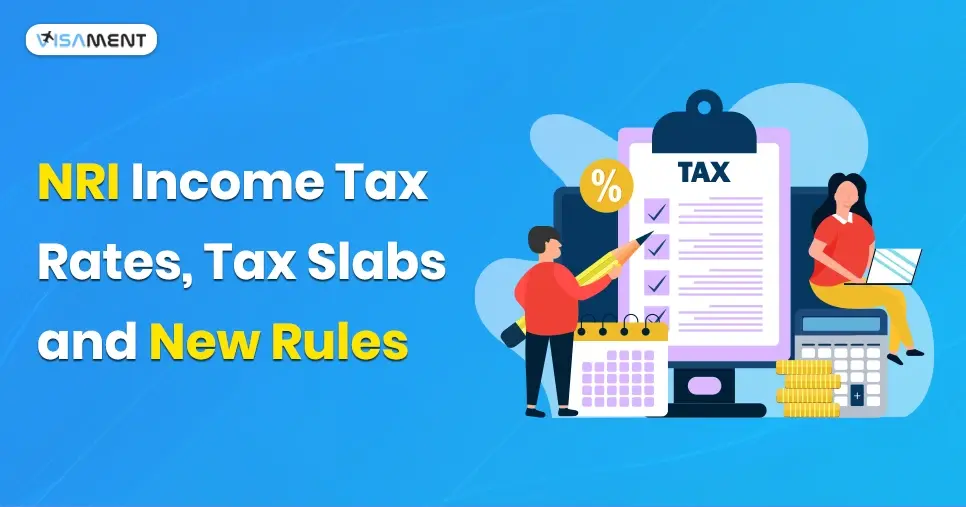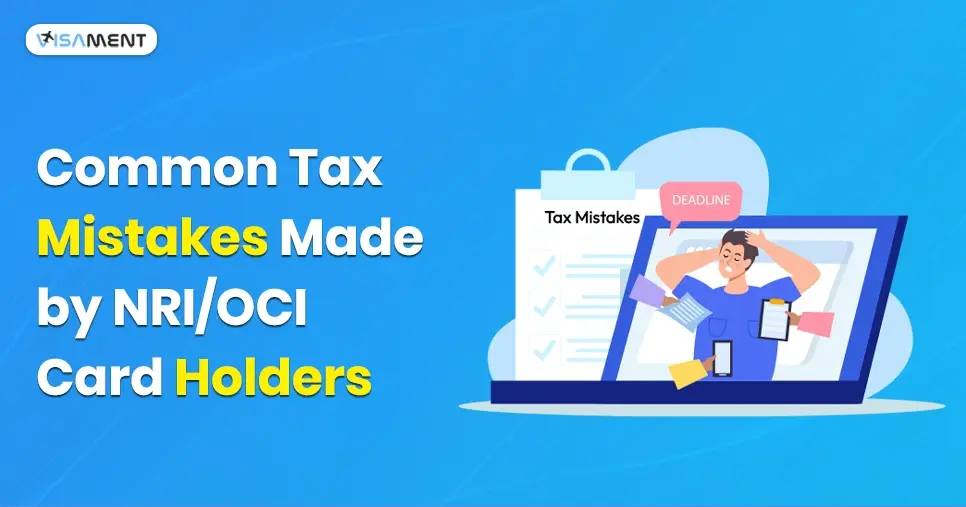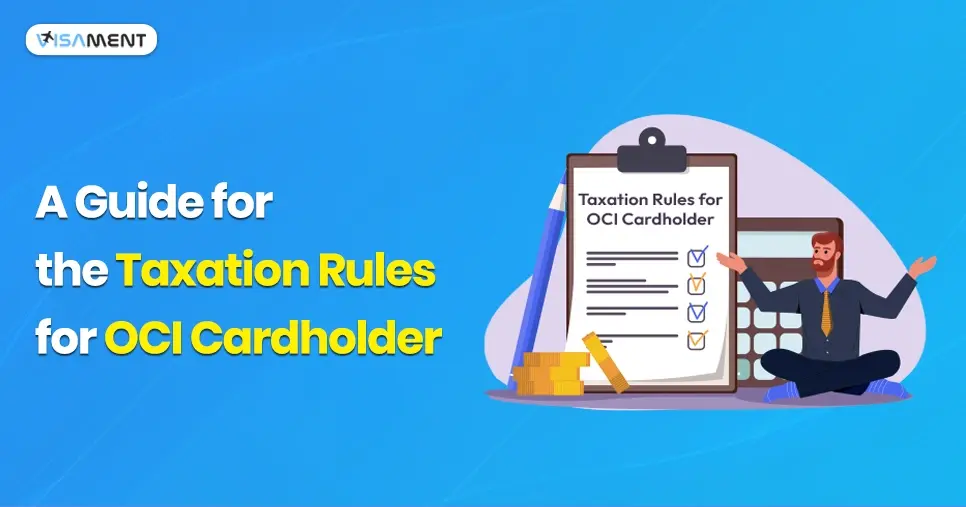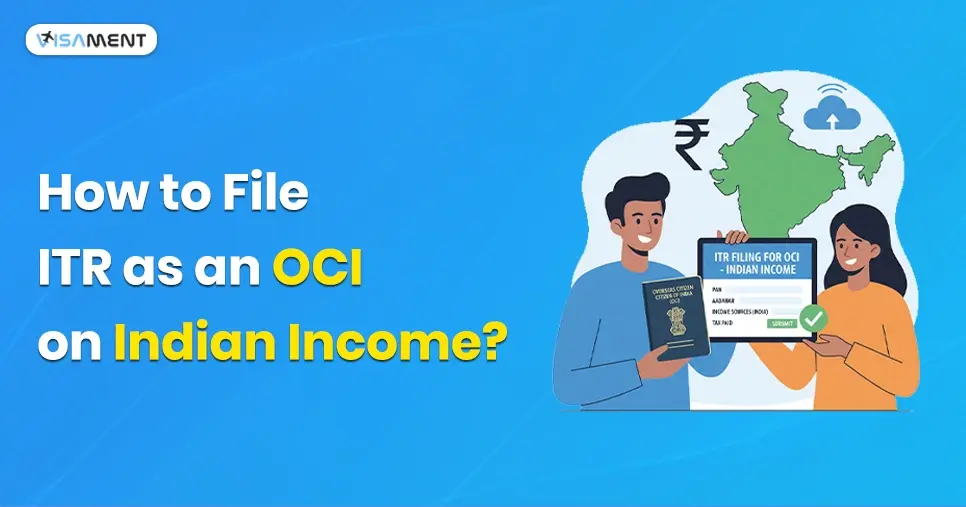Need more help? Connect with us anytime through WhatsApp and get your query resolved instantly.
 Indian rupee
Currency
Indian rupee
Currency
The Indian Rupee is the official currency of the Republic of India and is issued by the Reserve Bank of India. The Rupee is subdivided into 100 paise, and its symbol is ₹.
| Symbol | ₹ |
| Nicknames | Indian rupee |
| ISO 4217 code | INR |
| Country Name | India |
| Country Code | 91 |
| Price in USD | 84.44 |
| Countries using this currency | India |
Overview of Currency
Description
The Indian Rupee Currency was introduced as the official currency of the Republic of India in the year 1947. It is issued by the Reserve Bank of India, and one rupee consists of 100 paise. The code for the Indian Rupee is INR, and the symbol is ₹.
Coins in India are presently being issued in denominations of one rupee, two rupees, five rupees, and ten rupees. Also, currently, banknotes in India are issued in the denominations of Rs 10, Rs 20, Rs 50, Rs 100, Rs 200, Rs 500, and Rs 2000. The currency paper is composed of cotton and cotton rag.
Economy
- India boasts one of the fastest-growing economies globally.
- In 2020, India's GDP was estimated at over USD 1.6 trillion, making India the sixth-largest national economy by nominal GDP.
- The country is heavily influenced by the service sector, which contributes more than 54% to its GDP.
- India's exports include precious metals, gemstones, jewelry, mineral fuels, oils, vehicles, and pharmaceutical products.
- The country's imports primarily consist of fuels and mining products, electrical machinery, and equipment.
History
- India was among the first countries to issue coins around the 6th century BC.
- Following the country's independence in 1947, the Indian rupee replaced all prior currencies used in the various autonomous states.
- In 1957, the rupee was subdivided into 100 naye paise (where "naye" means "new" in Hindi), although this term was later dropped.
- The Indian rupee was pegged to the British pound from 1927-1946 and to the US dollar untill 1975.
Trivia
- The term "Rupaya" is derived from the Sanskrit word "Rupya", meaning "wrought silver or a coin of silver".
- The "₹" symbol resembles both the Devanagari letter "₹" (ra) and the Latin capital letter "R", with a double horizontal line at the top.
- The highest denomination note ever printed was the ₹10000 note in 1938 and again in 1954 by the Reserve Bank of India. Later, these notes were demonetized in 1946 and again in 1978.
Most Popular Currency Pairing For Indian rupee
We Are Trusted and Used By Millions Internationally.
Track Your Application, Use the Forum, Converter & Find Centers
Frequently Asked Questions
One US dollar is equal to 86.08 Indian Rupees as of 2025.
One dollar was equivalent to one rupee only once in 1947.
The Rupee is falling because India imports more than it exports, which creates a trade deficit. India's trade deficit was almost $240 billion, mainly because of high crude oil imports. Since oil is priced in dollars, a higher import bill increases the demand for dollars, which weakens the Indian rupee.
The full form of INR is Indian Rupee, which is the official currency of India.
Sher Shah Suri is widely considered the father of Indian currency.
Maidavolu Narasimham is called the father of the RBI, who served as the thirteenth Governor of the Reserve Bank of India from 2 May 1977 to 30 November 1977.
























